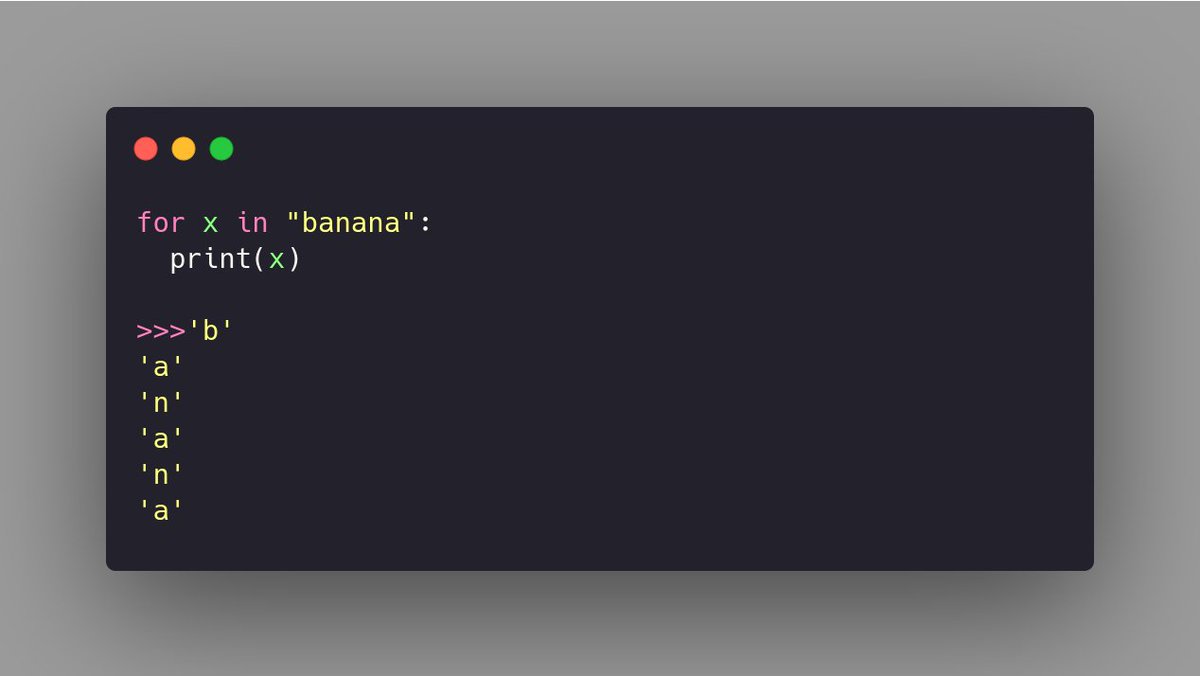
Ever wondered how a Data Scientist thinks about a problem? Here are the major steps involved in tackling a data science problem.
Thread 🧵👇
#DataScience #MachineLearning #100DaysOfCode
Thread 🧵👇
#DataScience #MachineLearning #100DaysOfCode
1. Business Understanding: We should have clarity of what is the exact problem we are going to solve.
What is the problem that we are trying to solve? - Asking the right questions as a Data Scientist starts with understanding the goal of the business.
What is the problem that we are trying to solve? - Asking the right questions as a Data Scientist starts with understanding the goal of the business.
2. Analytical Approach: How can we use data to answer the question? We should decide the analytical approach to follow which can be of 4 types
- Descriptive
- Statistical
- Predictive
- Prescriptive
and it indicates the necessary data content, formats, and sources to be gathered
- Descriptive
- Statistical
- Predictive
- Prescriptive
and it indicates the necessary data content, formats, and sources to be gathered
3. Data requirements: What data do we need to answer the question?
- Identifying the necessary data contents, format, and sources for initial data collection. During the process, one should find the answers to questions like ‘what’, ‘where’, ‘when’, ‘why’, ‘how’ & ‘who’.
- Identifying the necessary data contents, format, and sources for initial data collection. During the process, one should find the answers to questions like ‘what’, ‘where’, ‘when’, ‘why’, ‘how’ & ‘who’.
4. Data Collection: Where is the data coming from (identify sources) and how will we get it?
- In this stage, the data requirements are revised and decisions are made as to whether or not the collection requires more data.
- In this stage, the data requirements are revised and decisions are made as to whether or not the collection requires more data.
5. Data Understanding: Is the data that we collected representative of the problem to be solved?
Data understanding comprises all the activities related to constructing the data set.
Data understanding comprises all the activities related to constructing the data set.
6. Data Preparation: What additional work is required to manipulate & work with the data? This phase shapes the data into a state where it may be easier to work with. Involves Data cleansing:-
- Missing Data
- Invalid Values
- Remove Duplicates
- Formatting
& Feature engineering
- Missing Data
- Invalid Values
- Remove Duplicates
- Formatting
& Feature engineering
7. Modeling - Answers two key questions:
- What is the purpose of data modeling?
- What are the characteristics of this process?
It focuses on developing models that are either descriptive or predictive. The choice of model is based on the approach chosen in step 2.
- What is the purpose of data modeling?
- What are the characteristics of this process?
It focuses on developing models that are either descriptive or predictive. The choice of model is based on the approach chosen in step 2.
8. Evaluation: Does the model used, answer the initial question, or need to be adjusted?
It undergoes:
- The Diagnostic Measures: the model works as intended and where are modifications required
- The Statistical Significance: ensures proper data handling and interpretation
It undergoes:
- The Diagnostic Measures: the model works as intended and where are modifications required
- The Statistical Significance: ensures proper data handling and interpretation
9. Deployment: Can we put the model into practice?
As the model is effectively evaluated it is made ready for deployment in the business market. The deployment phase checks how much the model can withstand in the external environment and perform superiorly as compared to others
As the model is effectively evaluated it is made ready for deployment in the business market. The deployment phase checks how much the model can withstand in the external environment and perform superiorly as compared to others
10. Feedback:
Feedback is the necessary purpose that helps in refining the model and accessing its performance and impact. Steps involved in feedback define the review process, track the record, measure effectiveness, and review with refining.
Feedback is the necessary purpose that helps in refining the model and accessing its performance and impact. Steps involved in feedback define the review process, track the record, measure effectiveness, and review with refining.
That's it for the thread Waving hand.
A retweet for the first one would really mean a lot 🙏
Follow @PiyalBanik for more threads on #DataScience #MachineLearning #ArtificialIntelligence #Python .
Feel free to DM.
A retweet for the first one would really mean a lot 🙏
Follow @PiyalBanik for more threads on #DataScience #MachineLearning #ArtificialIntelligence #Python .
Feel free to DM.
• • •
Missing some Tweet in this thread? You can try to
force a refresh









